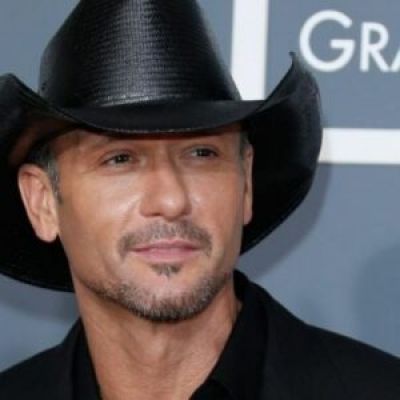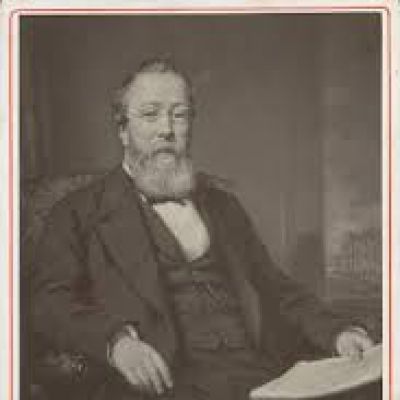This country music performer’s actual name is Samuel Timothy Mcgraw. He also goes by the moniker Tim McGraw. He was an American citizen at birth. His birthplace in the United States is Delhi, Louisiana.
What is the Net Worth of Tim McGraw? Salary, Earnings
Page Contents
Tim Mcgraw has a net wealth of $200 million as of March 2023. He currently leads a very opulent existence.
Where was Tim McGraw born? Ethnicity, Nationality, Family, Education
May 1st, 1967 saw the birth of Tim McGraw. He’s 55 years old now. India’s Delhi, Louisiana, is where he was born.
Is Tim McGraw Single? Relationship
Nevertheless, the Spontaneous Combustion tour in 1996 was successful and included Faith Hill as the supporting act. By the conclusion of the tour, McGraw’s love life was on fire, and he proposed to Hill, who has won numerous country music awards herself. He proposed in his trailer-based dressing area while they were on tour in Montana at the time. She said, “I can’t believe you’re asking me to marry you in a trailer house,” and I responded, “Well, we’re country singers, what do you expect?” He recounted the incident in an interview with People magazine.
Hill subsequently replied “yes” to McGraw’s stage proposal by writing it on a trailer mirror, and the two were wed on October 6, 1996. Their oldest daughter Audrey was born in 2001, their smallest daughter Maggie in 1998, and their second daughter Gracie in 1997.
How tall is Tim McGraw? Weight, Hair Color
Tim Mcgraw has a height of 1.78 m. He weighs around 81 kg. Weight is subject to change at any moment; the most recent value is shown here.
How did Tim McGraw start his Professional Career?
McGraw spent a lot of time in the driver’s seat of Smith’s 18-wheeler despite being from the tiny Louisiana town of Start, which is part of Richland Parish. He would sing tunes by Charley Pride, Johnny Paycheck, and George Jones in the truck. By the time I was six years old, I felt like I knew every recording Merle Haggard ever released, McGraw recalled to Time’s Christopher John Farley. He also sang show tunes in primary school plays and spirituals at church.
Despite having played Little League as a kid, McGraw had given up on his ambition to follow in his father’s footsteps and become a professional baseball player by the time he started college.
As a senior at Monroe Christian High School, he ran into Tug McGraw once more, and this time, he offered to pay for his further schooling. In 1985, McGraw received high accolades. He soon altered his last name to that of his biological father, despite the fact that he still views his stepfather, Smith, as his real father.
After watching the Al Pacino-starring movie And Justice for All as a freshman at Northeast Louisiana State University, McGraw registered in pre-law classes. He started to favor parties over classes though, and his interest in music increased. Within a year of purchasing a guitar from a pawn store, he was performing in clubs near Monroe, Louisiana.
He quickly made the decision to quit education and seek his fortune in Nashville. His father urged him to complete his education before starting baseball, but McGraw reminded him that he had left college to play baseball. Additionally, McGraw admitted to Dave McKenna in the Washington Post that she only learned how to float a keg in college and that she didn’t believe it would help her much. I wasn’t giving up much, despite the fact that it was a little scary. I believed I could succeed. His father kept encouraging him to seek a career.
McGraw had no contacts and no previous performing experience when he arrived in Music City in May 1989. He was able to land engagements in Printers Alley clubs because the market was ripe for smooth, attractive male vocalists. He signed a contract with Curb Records in less than two years. In April 1993, he released his self-titled debut album, which soon ran out of copies. The label sent McGraw and his band, the Dance Hall Doctors, on tour to garner notice, and his live performance was a huge hit. Power anthems and party songs like Steve Miller’s “The Joker” helped him gain a following.
In February 1994, McGraw released the song “Indian Outlaw,” which shot up the country charts and became a radio hit. However, it did win him a repudiated reputation as a novelty act and a harsh backlash from those who thought it was disrespectful to Native Americans. The songs included phrases like “You can find me in my wigwam/I’ll be beatin’ on my tom-tom” and “I’m an Indian outlaw/Half-Cherokee, half-Choctaw/My baby she’s a Chippewa”.
McGraw retorted that he hadn’t intended to offend anyone and had only used the rhyming qualities of the tribal names and other terms. The singer was taken aback by the response as well, as he had been using the song to cap off his stage performance for the previous four years.
Despite McGraw’s justification, Wilma Mankiller, the head of the Cherokee Nation, allegedly wrote a letter to radio stations accusing the song of “crass exploitative commercialism at the expense of Indians” and “promot[ing] bigotry.” This information was reported in a Billboard article by Peter Cronin. Radio stations in Arizona, Nevada, Oklahoma, and Minnesota started declining to play it as a consequence. On the other side, the Eastern Band of Cherokee Indians of North Carolina wrote to McGraw’s management agency to back the song.
The second album by McGraw was published soon after the commotion. Not a Moment Too Soon was the top country success in its first week on the charts. Three other songs from the album, in addition to “Indian Outlaw,” also peaked at the top of the charts. The record and the melodramatic ballad “Don’t Take the Girl,” which peaked at number one, were recognized by the Academy of Country Music and Country Music Television. McGraw was called the best new country artist by publications like Billboard.
Over the following few years, Not a Moment Too Soon sold about eight million records while dominating the country album charts for 26 weeks. Nearly immediately, McGraw went from performing in honky-tonks to starting a significant headlining tour.
In September of the following year, 1995, McGraw published All I Want. The first song, “I Like It, I Love It,” was lighthearted despite efforts to show more sophisticated musicianship. He told Deborah Evans Price of Billboard that the tune was “a cool, fun back-to-school song. It doesn’t really offer much information. We released it because I really want people to hear some of the album’s heavier tracks, and it’s a catchy sing-along song that will do that. Although the album sold three million copies and the single remained at number one for five weeks, McGraw received little recognition at the 1996 award shows.
Also Read: Is Deadliest Catch’s Josh Harris Wed? Family And Wealth




